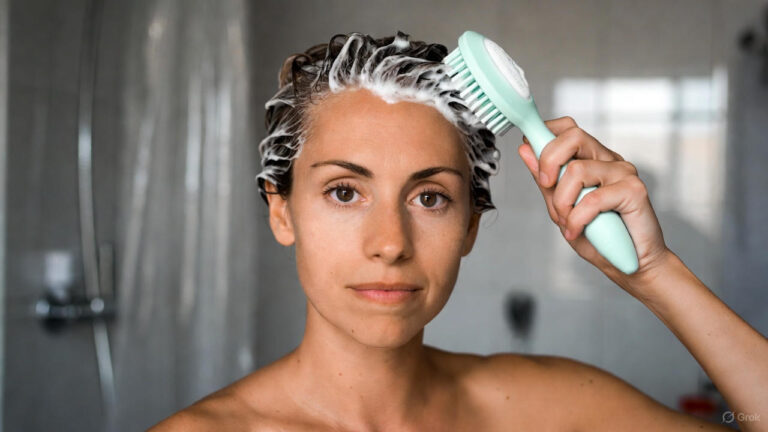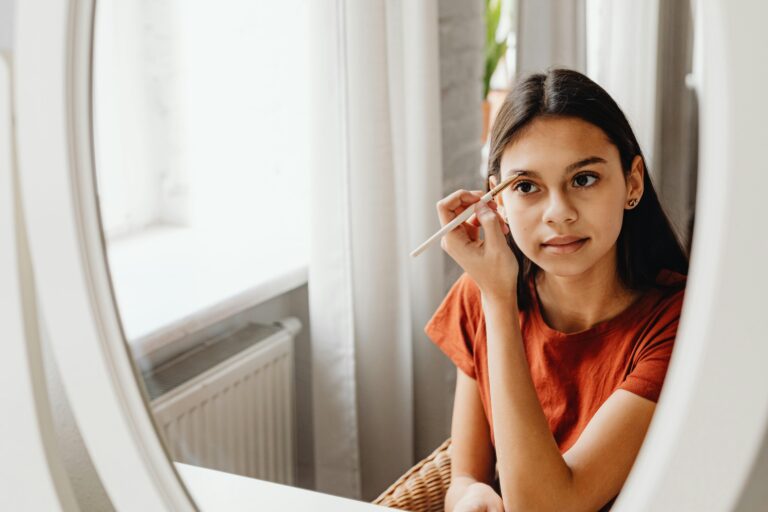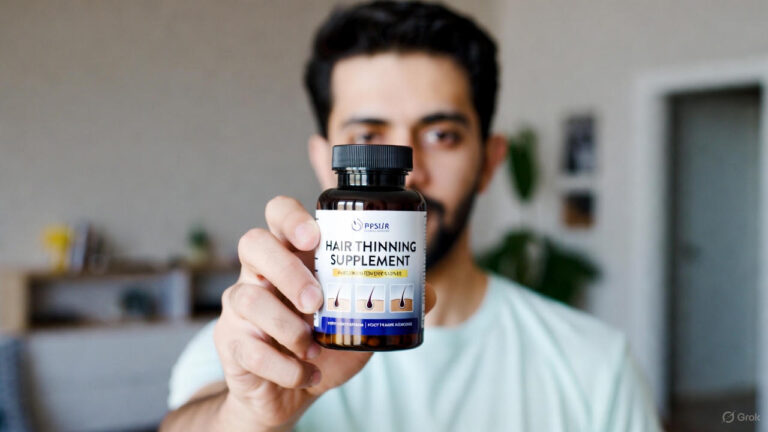Ever wonder how beauty spots are formed on the body? You’re not alone. These tiny marks, sometimes called moles, freckles, or birthmarks, have sparked curiosity for centuries. Some people see them as charming, others worry about them, and many barely notice them. But they all have a story. Understanding how beauty spots form can help you appreciate your skin and care for it better.
The Science Behind Beauty Spots
Beauty spots often start with pigment cells called melanocytes. These cells produce melanin, the pigment that gives your skin its color. When melanocytes grow in clusters instead of spreading out, a mole or beauty spot forms. Some spots show up at birth, while others develop later.
Your genetics play a big role. If your parents have a lot of moles, chances are you will too. Hormonal changes, like those during puberty or pregnancy, can also trigger new beauty spots. Sun exposure can influence them as well, sometimes making them darker or more noticeable.
Historical and Cultural Views on Beauty Spots
People have always noticed beauty spots. In the 18th century, small, dark facial patches called “beauty marks” were even glued on as fashion statements in Europe. Some cultures saw them as lucky signs, others as warnings. For example, in Chinese face reading, a mole on the face could suggest wealth, luck, or even personality traits.
Celebrities like Marilyn Monroe and Cindy Crawford made facial moles iconic in the modern age. What was once an ordinary skin quirk turned into a symbol of allure.
Types of Beauty Spots
Not all beauty spots are the same. Here are a few common types:
1. Common Moles
These are usually round, small, and brown or black. They often appear in childhood and stay stable for years.
2. Freckles
Freckles are clusters of pigment that get darker with sun exposure. They often fade in the winter and darken in the summer.
3. Birthmarks
Some beauty spots are present from birth. They can be light or dark and come in many shapes.
4. Atypical Moles
These are larger, irregularly shaped moles that sometimes look like melanoma. They need regular check-ups.
How Beauty Spots Are Formed on the Body Over Time
Spots can change throughout your life. As you age, your skin cells replicate and respond to sunlight, hormones, and even minor injuries. This can lead to new beauty spots. Some may lighten, while others may become more raised.
Puberty often brings new moles. Pregnancy can trigger pigment changes. Even certain medications can influence melanocytes, leading to new spots. Most of the time, these changes are harmless, but they’re worth tracking.
Case Studies: Real Stories of Beauty Spot Formation
One woman noticed a mole on her arm darken during pregnancy. Her dermatologist explained that hormonal changes often affect pigment. It was harmless but monitored.
A man developed freckles after spending summers working outdoors. His dermatologist confirmed they were sun-induced pigment clusters, not harmful moles.
These real-life stories remind us how dynamic our skin is and how beauty spots often reflect a blend of genetics and lifestyle.
Medical Perspective: When to Pay Attention
While most beauty spots are harmless, some can indicate skin issues. Dermatologists recommend using the ABCDE rule:
- Asymmetry: One half looks different from the other
- Border: Irregular or blurry edges
- Color: Multiple colors in one mole
- Diameter: Larger than a pencil eraser
- Evolving: Changes in size, shape, or color
Any mole with these signs should be checked by a professional. Skin cancer, like melanoma, can start in a mole.
Modern Technology and Tracking Beauty Spots
Apps and digital tools now help people track their beauty spots. You can take photos, compare changes, and share them with dermatologists. This tech makes monitoring safer and easier.
Many clinics now offer mole mapping, where a detailed photographic record of your skin is created. This helps catch subtle changes early.
Protecting Your Skin and Managing Beauty Spots
Sun protection is key. Use sunscreen, wear hats, and avoid tanning beds. These steps reduce your risk of harmful changes in beauty spots.
Healthy skin habits, like moisturizing and gentle cleansing, keep your skin balanced. Regular check-ups with a dermatologist provide peace of mind.
FAQs
1. Are beauty spots genetic?
Yes. Your genetics largely determine how many beauty spots you develop and where they appear.
2. Can beauty spots disappear?
Some can fade over time, especially freckles, but most moles stay for life unless removed.
3. Do all beauty spots need to be checked by a doctor?
Not all, but you should monitor them. Any changes in size, color, or shape should be checked.
4. Can beauty spots turn into cancer?
Rarely, but yes. Some moles can develop into melanoma, which is why monitoring is important.
5. Are beauty spots affected by diet?
Not directly. However, healthy skin often reflects good nutrition.
Conclusion
Beauty spots are more than just tiny skin quirks. They tell stories about your genetics, lifestyle, and even cultural history. Most are harmless, but knowing how they form and change helps you care for your skin with confidence.
Check your skin regularly, appreciate its unique patterns, and when in doubt, talk to a dermatologist. Your skin is always evolving. Paying attention keeps it healthy and beautiful.



